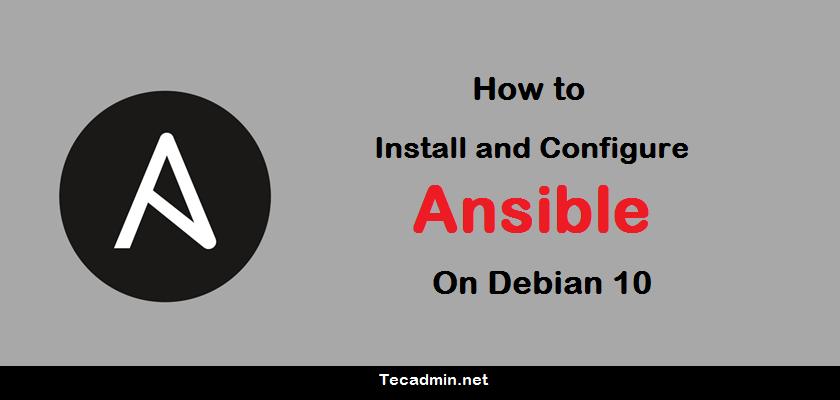
- #Ansible make install install#
- #Ansible make install software#
Step 4: For achieving passwordless authentication the below list of steps has to be performed.
#Ansible make install install#
Let us discuss the steps required to install the Ansible are as follows:
httplib2: A inclusive library of client python. parmiko: SSHv2 protocol library which is python native. PyYAML: Python programming language emitter and parsing component. Jinja2: Friendly designing language used specifically for python. Distro: CentOS/ Ubuntu Linux /Debian/ RHEL/. Also, this setup of SSH and Ansible connectivity involving nodes to be connected is a process that is demon less and does not involve an agent. a server-side element like SSH(Secured shell host ) is used for establishing a connection for Ansible with its corresponding nodes. the layout of the ansible-playbook is installed over largely flexible languages such as YAML which also tends to be in a human-readable format. A component called ansible-playbook allows to precisely achieve the above-depicted properties and also, in addition, it allows automated processing of job execution. Apart from a deployment perspective, other attributes like the support of cloud-related services are also available through ansible. #Ansible make install software#
Go to ansible control node and set its non-root user with sudo privileges.Ansible acts as a stabilized engine where every software application can be nicely deployed. Playbook describes the whole workflow of system.Playbook contains a set of place which are set of tasks and inside every task there is particular module so when we run a playbook it’s the modules that actually get executed on all your node machineĪnsible host is any machine that your Ansible control node is configured to automate. 
Inventory is a file which contains the list of all IP addresses of all host machines. Your Ansible management node can either be your local machine or a server dedicated to running Ansible It’s the node from which you are running the installation.The Ansible management node is the machine we will use to connect to and control the Ansible hosts over SSH.

The management node in the above picture is the controlling node (managing node) which controls the entire execution of the playbook. Your library of modules can reside on any machine, and there are no servers, daemons, or databases required. Ansible then executes these modules (over SSH by default), and removes them when finished. The picture shown below show how ansible worksĪnsible works by connecting to your nodes and pushing out small programs, called “ Ansible modules” to them.
Ansible modules can be extended and modified and we can modify them in any programming language. Capabilities to model complex IT workflows. No need for any agent or client software to manage the nodes, all that we need to install ansible on the control machine and make ssh connection with your nodes and start pushing configuration right away. Simple to install and setup and very easy to learn. Hence the advantage is that even the IT infrastructure support guys can read and understand the playbook and debug if needed (YAML – It is in human readable form). YAML which is very easy for humans to understand, read and write. 
Ansible is easy to deploy because it does not use any agents or custom security infrastructure.Īnsible is a push based configuration management tool which means that we can directly push all the configuration on to the host machine directly.Īnsible uses playbook to describe automation jobs, and playbook uses very simple language i.e.

Ansible is a simple open source IT engine which automates application deployment, intra-service orchestration,configuration management and many other IT needs.








 0 kommentar(er)
0 kommentar(er)
